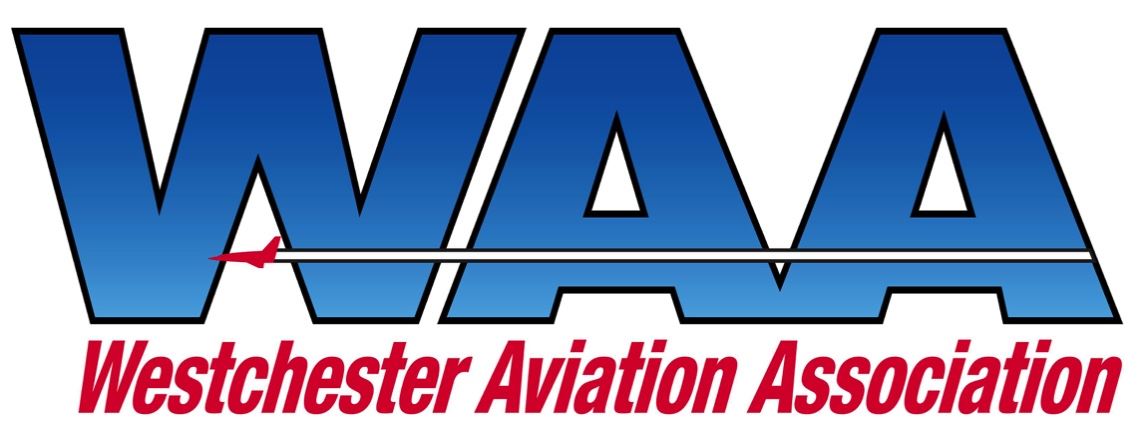Presentation created by the WAA on the Westchester County Airport and all of the benefits it brings to our community
11/29 Runway Closure Update
Effective Wednesday, October 21, 2020 Runway 11/29 will be open during the tower hours of operation 0700-2200. Thank you, Scott for continuing to keep the lines of communication open between the General Aviation Community and the Operations team at HPN.
|
The Northeast Virtual Aviation Safety Stand Down
This WAA sponsored event took place on Saturday September 12, 2020 via a Webinar and was attended by 170 guests. This live event took the traditional aviation safety stand down to the next level! The event included multiple different live presentations, each followed by Q&A. The WAA would like to thank Gene Benson for his partnership on this informative session.
WAA Members are able to login to their accounts and view the recording Here.
HPN Corporate and Jet Avoidance of VFR Aircraft
Please take a few moments to watch this detailed video created by Scott Dyer, WAA Board members and CFI. The video details what corporate and jet crews need to know about avoiding VFR aircraft around Westchester County Airport, including inbound/outbound VFR routes, transition routes and practice areas. Much of the battle of avoiding conflict is knowing where the VFRs usually are.
